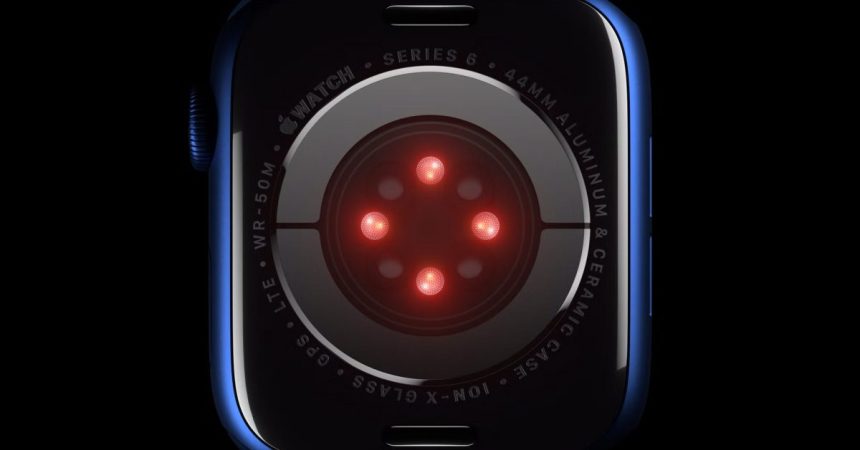A recent study, supported by Apple, has found that behavioral data—including factors such as movement, sleep, and exercise—can serve as a more effective health indicator than conventional biometric measurements such as heart rate and blood oxygen levels. To validate this, researchers developed a foundation model trained on behavioral insights derived from wearable devices, demonstrating impressive results.
The study, titled “Beyond Sensor Data: Foundation Models of Behavioral Data from Wearables Improve Health Predictions,” stems from the Apple Heart and Movement Study (AHMS). The researchers utilized over 2.5 billion hours of data collected from wearables, revealing that their model can not only match but even outshine existing models that rely on basic sensor data.
Referred to as the Wearable Behavior Model (WBM), this new approach differs from other health-related models that primarily depend on raw sensor inputs from devices like the Apple Watch. Instead, WBM integrates higher-level behavioral metrics—such as step count, gait stability, mobility, and VO₂ max—directly from the data generated by the smartwatch.
So, what is the purpose of this new model when the Apple Watch already contains these sensors? The study provides clarity on this matter: “Consumer wearables, such as smartwatches and fitness trackers, provide rich information across diverse health domains (…) An important aspect of health monitoring is detecting a static health state—such as a history of smoking or past diagnoses of hypertension. Another critical task involves identifying transient health states, like sleep quality or pregnancy. The data required for these predictions typically reflects the temporal resolution of human behavior (e.g., days and weeks), compared to the lower-level time scales of raw sensor data (e.g., seconds).”
As it turns out, while the Apple Watch captures raw sensor information, such data can often be noisy and misaligned with significant health events. WBM harnesses processed behavioral data to accentuate relevant health trends. This refined data not only makes for clearer interpretations but also better supports long-term health analysis.
In practice, WBM focuses on discovering patterns within processed behavioral data rather than directly relying on raw sensor signals.
Delving into the specifics, WBM was trained using Apple Watch and iPhone data from 161,855 participants in the AHMS. The model utilized 27 interpretable behavioral metrics—such as active energy, walking pace, heart rate variability, respiratory rate, and sleep duration—instead of raw streams. This data was segmented into weekly blocks and processed through a new architectural design based on Mamba-2, which outperformed traditional Transformers in this context.
In assessments involving 57 health-related tasks, WBM surpassed a competitive PPG-based model in 18 out of 47 static health prediction tasks (like identifying beta blocker usage) and excelled in nearly all dynamic tasks (such as detecting pregnancy, sleep quality, and respiratory infections), with the sole exception being diabetes, where PPG performed better.
Notably, when combining the strengths of both WBM and PPG data interpretations, the hybrid model achieved an outstanding 92% accuracy rate in detecting pregnancies and improved results in assessing sleep quality, infections, injuries, and cardiovascular concerns, such as atrial fibrillation detection.
Ultimately, the goal of the study is not to replace sensor data with WBM, but to complement it. WBM captures significant long-term behavioral signals, while PPG detects short-term physiological changes. Together, they enhance the early identification of important health changes.
For a deeper exploration of the Apple Heart and Movement Study and other related research, further information is available.Apple









